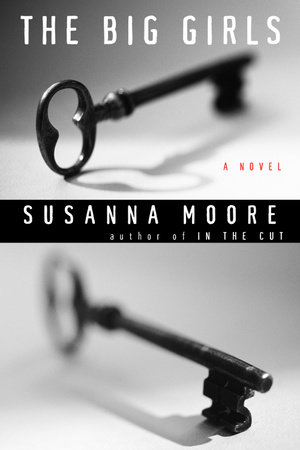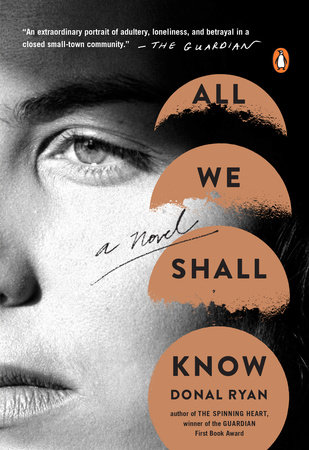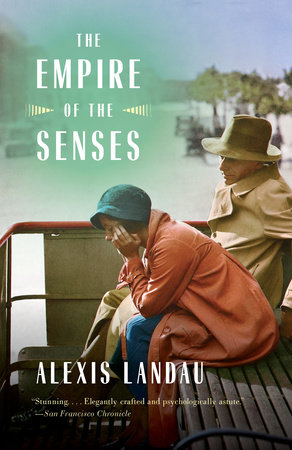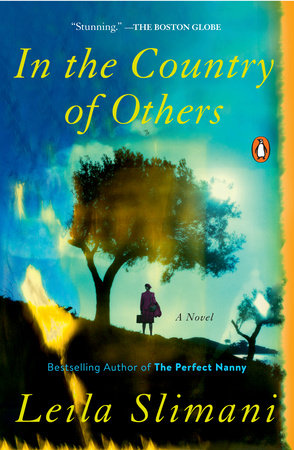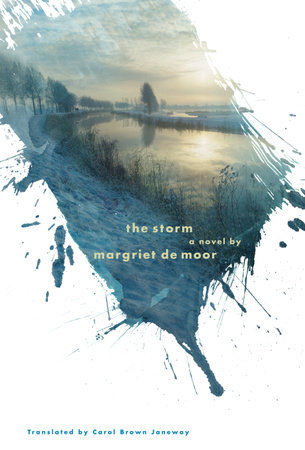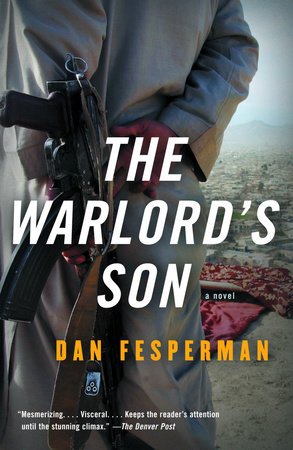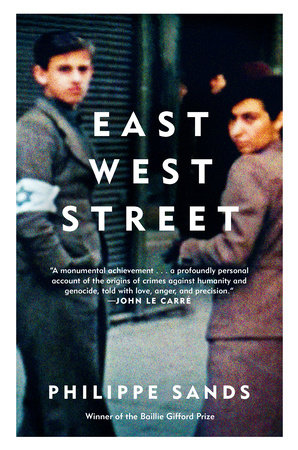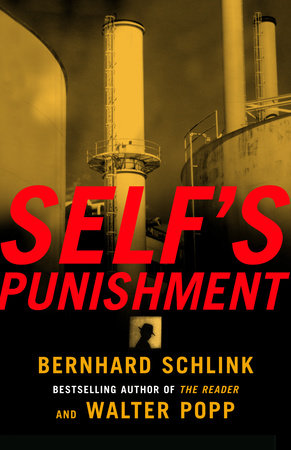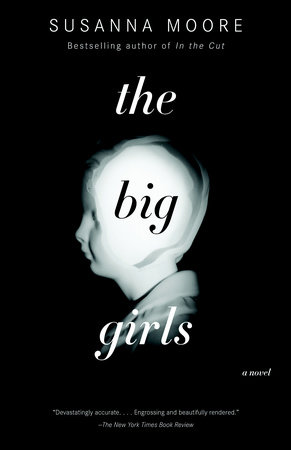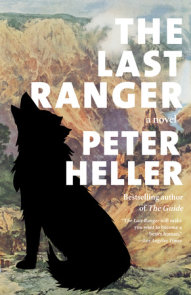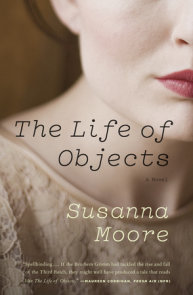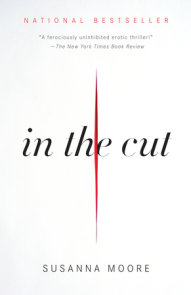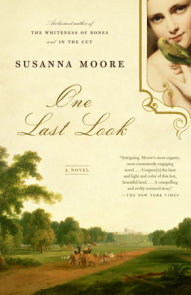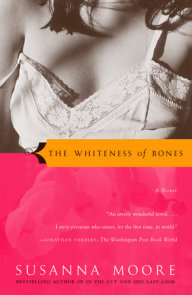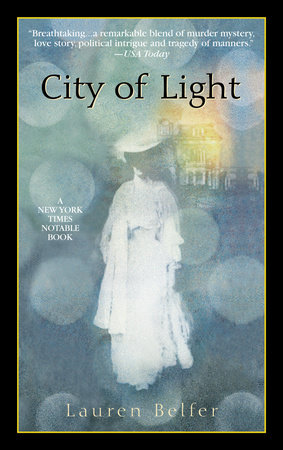Author Q&A
Q: The settings of your last few novels have been quite diverse: an edgy, downtown New York in In the Cut, followed by the raw beauty of British colonial India in the 1830’s, and now a contemporary setting in a women’s prison in upstate NY (as well as Hollywood and Manhattan). What inspired you to write this particular story and is the location of your story one of the first things you focus on? Or is it about character, since there are strong women in all?A: I am clearly very interested—perhaps inordinately—by my surroundings. When I wrote In The Cut, I was living downtown in Washington Square. I lived in Calcutta for five months before beginning One Last Look. And now a book about women in prison. Oddly enough, I began teaching writing at the Detention Center in Brooklyn after I had started the book. Reading about prison made me feel that I wanted to do something, even if was just a writing class. And, of course, I am very interested in women. I think the books must begin as a kind of daydreaming (Freud says that books are daydreams)—sitting in a park in Calcutta, I begin to wonder what it must have been like to be an Englishwoman in the city in 1830—and then there is no stopping me.Q: One of the most compelling aspects of this story, told in alternating voices by the characters themselves—a mentally tortured prisoner, a psychiatrist, a corrections officer, and a Hollywood starlet—is that they are so honest and self-revealing, the reader knows who’s talking within the first sentence. Is this a difficult feat for a writer to pull off, especially when the narration changes so frequently?A: It was difficult to get the ‘voices’ right—that is, distinguishable one from another, and also idiosyncratic and fresh. I dislike using slang, or misspelled words (like ‘gonna’), although I succumb now and then to misusage. It was important to make clear in the opening sentences of each section that a particular person was speaking, so there are clues. You will often find the words ‘my cell’ or ‘my patient’ at the start of a paragraph, which should tell you something.Q: You taught creative writing at the Brooklyn Detention Center for a year recently and now teach students who are on probation or parole from incarceration in prison or juvenile detention centers, and who are hoping to complete their high school education. How did you get involved in this kind of teaching and have you found the experience of it much different from any you’ve done before?A: The experience of teaching prisoners or teenagers who are just out of prison could not be more different than teaching students in college (I will be teaching a workshop at Princeton next fall). Not only do the less privileged have fewer opinions, which is a relief, but their lack of reading, or their lack even of writing supplies, does not seem offensive, as it would in a classroom at Columbia. It has never occurred to my students at Friends of Island Academy that what they might have to say about themselves is of any interest. In the beginning, I have to convince them otherwise. Once they understand that I certainly am interested, it becomes easier for them.Q: In The Big Girls, the relationships between the women in prison grow more complicated and the bonds greater as time moves on: either mimicking family situations and role-playing, having faux or real romantic partners, and creating fierce territorial rivalries. Did you see this world as a microcosm of the bigger world outside it? And did you spend much time at a women’s prison while researching the book?A: The world of womens’ prisons is indeed a microcosm. The elaborate formation of families—aunts and uncles and grandparents and parents and cousins and children—is undertaken for the comfort (and drama) that it gives. I was very surprised when I discovered this elaborate system. It is not something that is done in men’s prisons.I taught for a year at the Brooklyn Detention Center—eleven corrections officers were arrested there last week for abusing prisoners, and a woman psychologist was arrested for having a sexual relationship with one of the inmates. I was teaching writing, as well as knitting. I was asked to leave because I brought the women books and magazines and yarn. I’d been doing that all along, openly, but for some reason which has never been made clear, the supplies suddenly became contraband. Now I am teaching at Friends of Island Academy in mid-town Manhattan. It is a non-profit foundation that is certified by the Board of Education. Q: One of your characters is in prison for murdering her two small children and yet we discover that she has been terribly abused as a child and subsequently went mad and thought she was “saving” her children. How difficult was it to write about this subject, and the other crimes committed by the prisoners, many of which were quite horrifying and disturbing. Were you haunted by this book while writing it, and after?A: I am always haunted by the book that I am writing. I have to admit that I was very happy to finish In the Cut, and happy not to return to it. While I was writing The Big Girls, I had to take a big breath each morning and calm myself sufficiently to once again enter that world. But friends tell me that it is the only thing that really interests me. They say that I like to be upset.Q: On the lighter side, your scenes set in Hollywood depicting the narcissistic, hedonistic world of movie people is a very sly send-up of that culture. Did it require spending much time in that world and was it fun to write about?A: When I was 23, I went to work for Jack Nicholson reading scripts. Later I was married to a production designer named Richard Sylbert. So I lived in Los Angeles for ten years. I even took acting lessons for a brief period. It was a relief to write about Angie after coming from prison.Q: Would you say your book is an indictment of the women’s prison system and are there ways you think it could be improved? A: I certainly did not begin the book with the idea of exposing conditions in a women’s prison—I don’t think there is anyone who reads a newspaper who doesn’t know what prison is like. Besides, novels aren’t written that way. The minute it becomes didactic, you are in trouble—both as writer and reader. And I certainly don’t for an instant think that this book will provoke change. Perhaps people will think about it in a different way. There are two million Americans in prison. More than half of them are there for drug offenses. And more than half of black high-school dropouts are prisoners or ex-cons.Q: Are you at work on another project yet and, if so, is it anything you can talk about yet?A: I spent six months last year in Berlin at the American Academy while I did research for a new novel that takes place in Germany in the last days of the Second World War.
